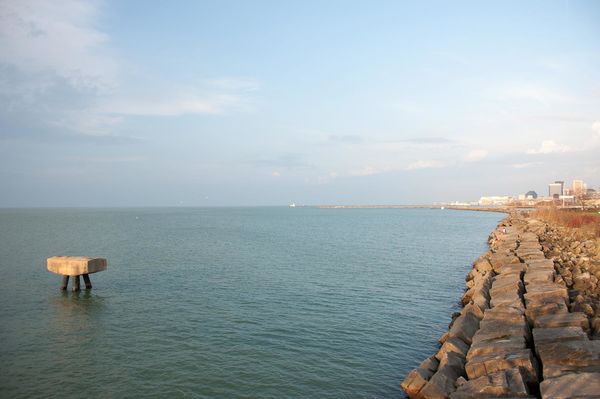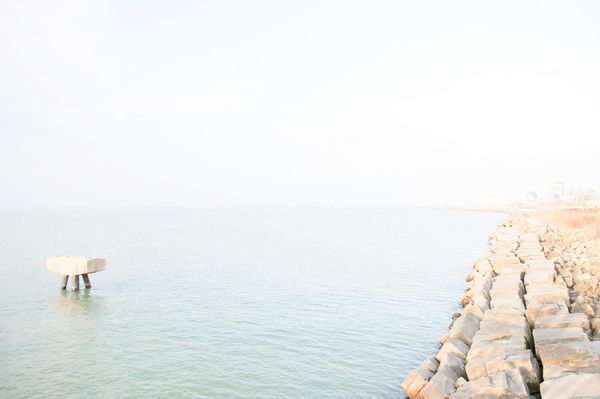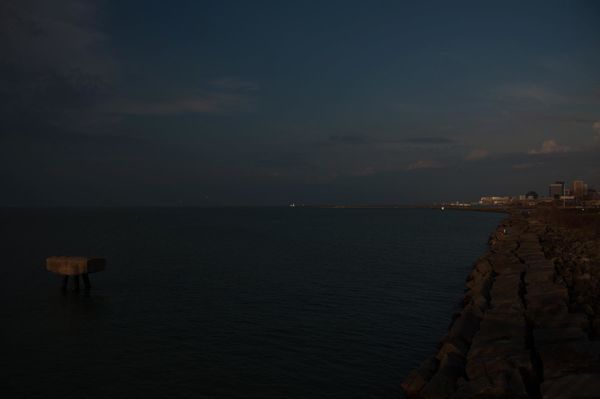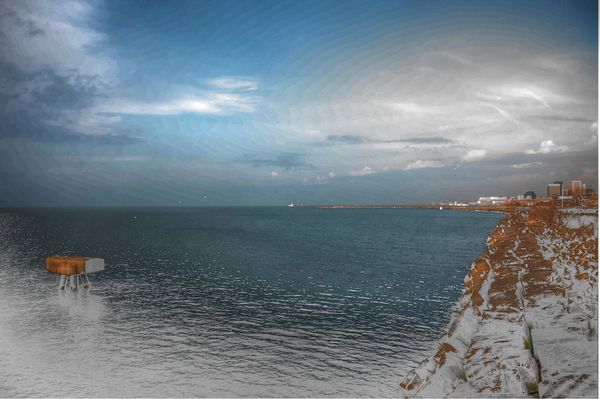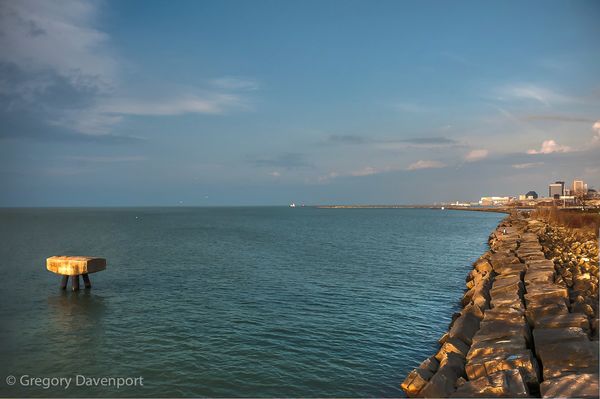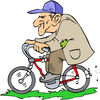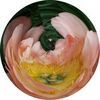Some of My HDR Processed Images
Apr 24, 2017 17:52:35 #
Apr 24, 2017 19:04:55 #
Rickyb wrote:
Thanks for the info Greg. Your work is outstanding! Keep on going.

Apr 24, 2017 19:20:03 #
Apr 24, 2017 22:04:00 #
dhelix33 wrote:
Hi Ricky -
Yes these are tonemapped images I created with a single capture. As mentioned in my original post, I capture a single normal exposure Nikon 14-bit .NEF image, that is replicated into a -EV and +EV image, and then subsequently merged and edited with software applications to create a final product.
Greg
Yes these are tonemapped images I created with a single capture. As mentioned in my original post, I capture a single normal exposure Nikon 14-bit .NEF image, that is replicated into a -EV and +EV image, and then subsequently merged and edited with software applications to create a final product.
Greg
Yes, could you give more information? What software and ap tool(s) do you use process with. How do you do your tone mapping?
I've played around with HDR a little but don't really like what I get. I am probably not doing it correctly as I find manipulating my +/- 0 EV middle exposure with my standard work flow gives me the best image. The HDR is basically doing nothing for me. I only look for a natural or more film like result from the higher dynamic range (more stops or zones like with film). I hate the cartoonish, exaggerated look many people get. And I also hate any remnants I might get in my own images via HDR with Ps CS6. I may not truly understand the Tone Mapping you talked about.
I've tried HDR a few ways. Making differing exposures in my camera at -1 EV, 0 EV, +1 EV, or -2 EV, -1 EV, 0 EV, +1 EV, +2 EV. or altering a single correct "middle" exposure to -1 EV and + EV. As noted, I've used Photoshop. I've also tried Oloneo PhotoEngine HDR as well. I've played with PE so far with only a single image and gotten some better results with that but then again the HDR improvement in minimal. I'll have to try it with a scene that truly needs more than one exposure to really see what it does. So I am still not clear on what you are doing. I like your results, mostly. Wish I could get something more out of HDR.

Apr 25, 2017 00:07:23 #
lamiaceae wrote:
Yes, could you give more information? What softwa... (show quote)
The basic concept of HDR image processing is utilizing a 'high dynamic range' variance in photography - meaning you are capturing a merged large ratio difference between the brightest and darkest areas of multiple images to stimulate 'visual depth' when displaying captures in print or a computer monitor.
Single captures, on the other hand, are LDR 'low dynamic range' - and appear 'visually flat'. When I shoot a single image (in RAW), that huge range variance is captured in the single image - however, the result (while it may look good) still has a minimal amount of contrast range as captured, hence the visual flatness.
Image 1 is of a single RAW capture as shot exported via Adobe Photoshop Lightroom (Macintosh).
Image 2 and 3 are exposure modified images at +3EV (image 1), and -3EV (image 2) of that single image using Lightroom.
Image 4 displays the +3EV and -3EV images combined with Photomatix Pro (Macintosh). This is what 'tonemapping' is about. Tonemapping adjusts the merged contrasts locally so that each region of the image uses the whole range for maximum contrast (there's a bit more going on here - depending on the tonemapping algorithm used). Dynamic Range and Noise are opposites, in fact dynamic range is usually defined in terms of the noise floor of an image. There is a point at which tonal differences in an image get lost in noise, where the darkest part of an image meets the lightest part of an image. In this image we see this is where the digital signal clips in these two upper and lower EV merged images.
Tonemapping is similar to 'traditional' HDR of processing of 3 in-camera bracketed EV captures, just in this case I am using a single RAW image with low dynamic range, duplicated at different exposures and merged to enhance inherent contrast. One caveat to be aware of is that this two image high and low exposure process can produce image noise (which is evident in image 4).
Dynamic Range and Noise are opposites, in fact dynamic range is usually defined in terms of the noise floor of an image. There is a point at which tonal differences in an image get lost in noise, where the darkest part of an image meets the lightest part of an image. In image 4 we see this is where the digital signal clips in these two upper and lower EV merged images.
Image 5 is how I would present an image to the market - with the 3 EV (+3EV, 0EV, -3EV) images merged using the Photomatix application - which in my experience provides me the smoothest imaging contrast manipulation in post process.
Cheers!
The Davenport Projex
Apr 25, 2017 06:36:30 #
Apr 25, 2017 07:12:45 #
Apr 25, 2017 07:50:16 #
dhelix33 wrote:
I have been post-processing images with HDR/Tonema... (show quote)
Great HDR series Greg!

Apr 25, 2017 08:08:15 #
Apr 25, 2017 08:40:11 #
Apr 25, 2017 08:44:23 #
Apr 25, 2017 09:21:12 #
Wow.....beautiful HDR images. You have a great talent for turning out wonderful images. Thanks for sharing.
Apr 25, 2017 10:07:39 #
Apr 25, 2017 10:15:30 #
Apr 25, 2017 10:35:08 #
dhelix33 wrote:
I have been post-processing images with HDR/Tonema... (show quote)
Excellent series, I enjoyed each photo, very well done
If you want to reply, then register here. Registration is free and your account is created instantly, so you can post right away.



